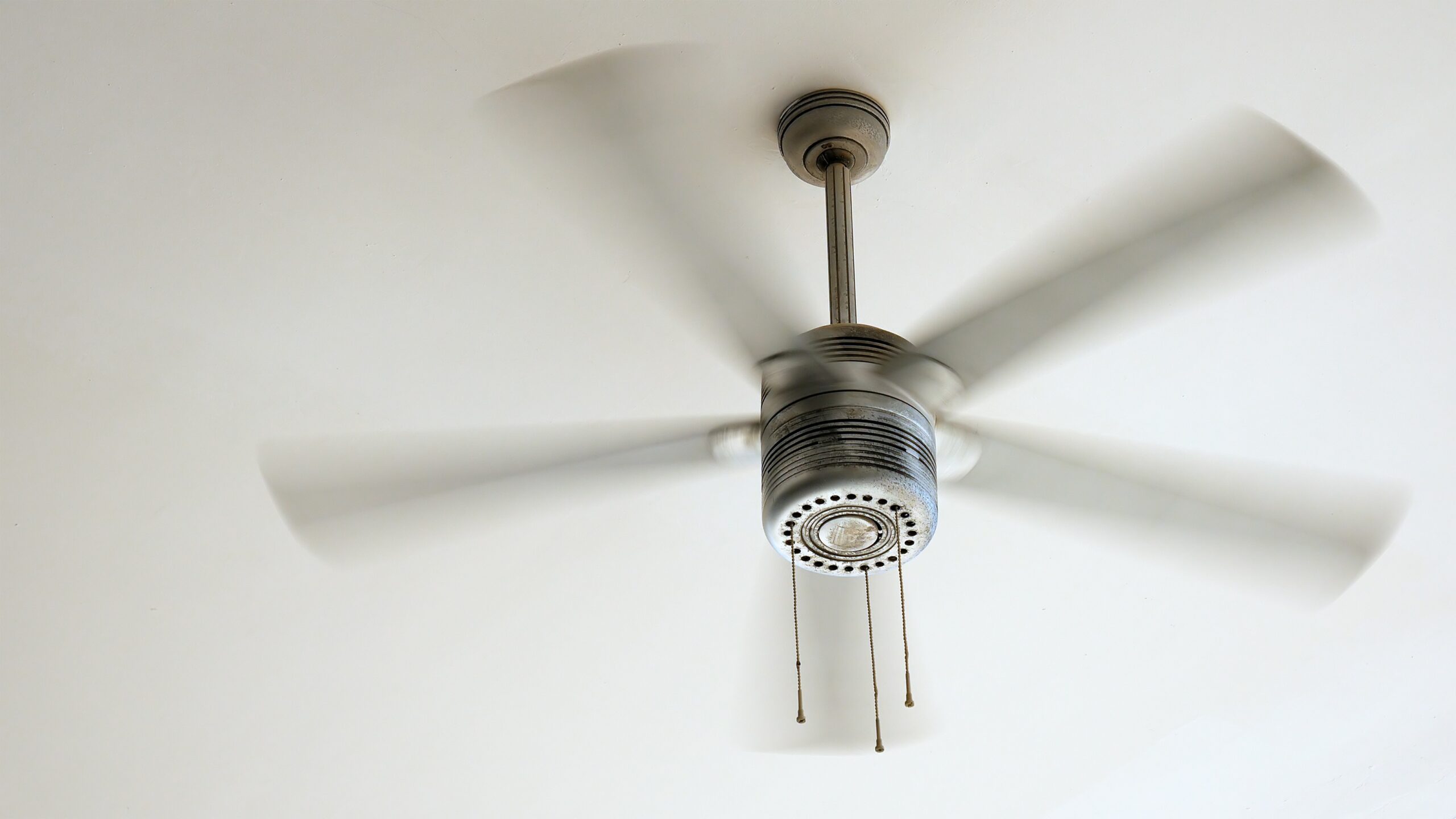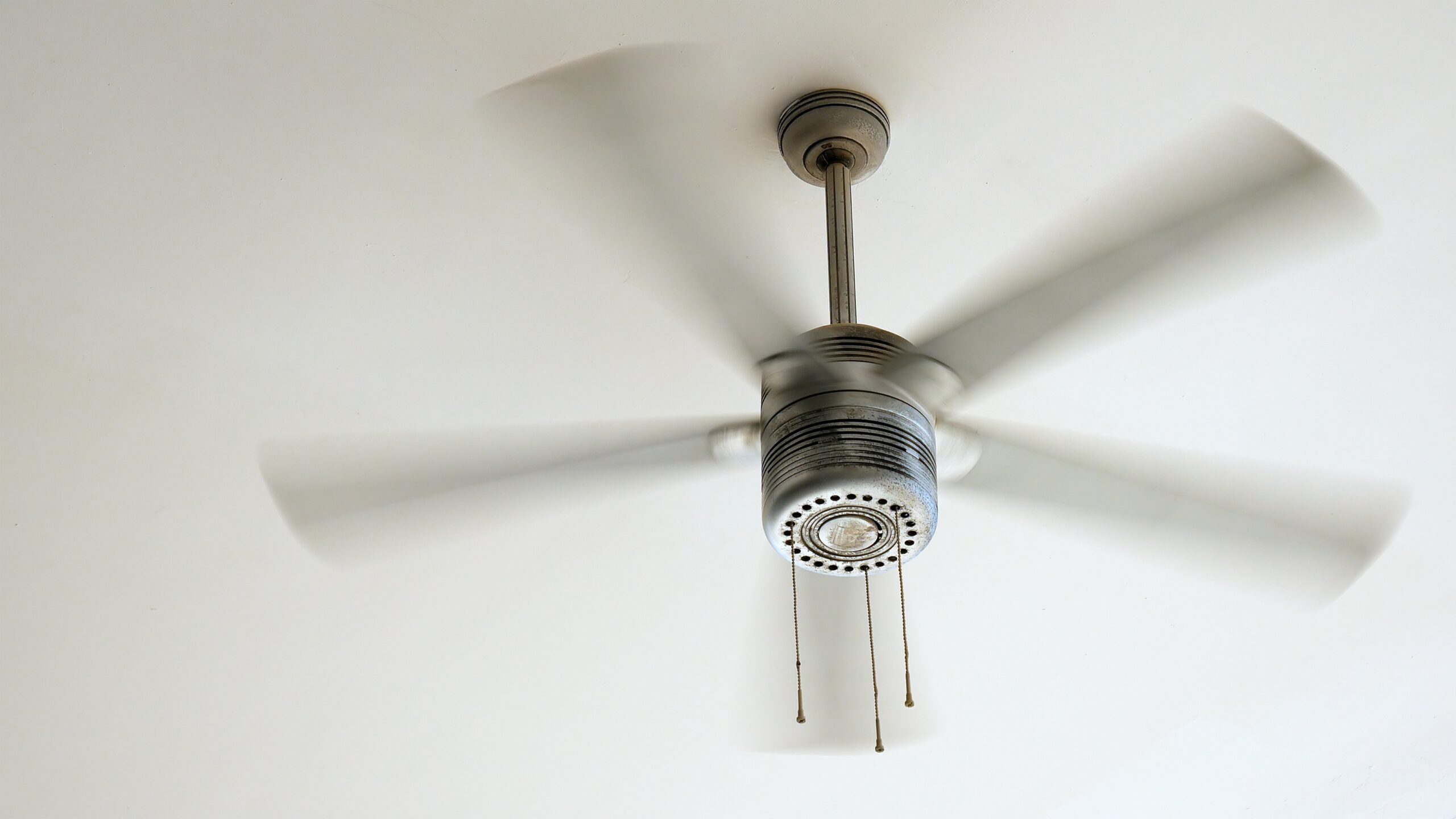Want to save with Paschal? Don’t miss our current offers and specials

Want to save with Paschal? Don’t miss our current offers and specials
Return to Paschal Resource & Education Hub

As homeowners, we often look for ways to enhance the comfort and efficiency of our homes. One aspect that frequently gets overlooked is the direction of our ceiling fans. It’s a simple feature with significant impact, yet surrounded by myths and misunderstandings. In this comprehensive guide, we’ll unravel the truth about ceiling fan direction, ensuring you make the most out of this household staple.
Ceiling fans are designed to rotate in two directions: clockwise and counterclockwise, each serving a distinct purpose. The direction of your ceiling fan affects air circulation, temperature regulation, and energy efficiency in your home.
When set to rotate clockwise, a ceiling fan pushes warm air, which naturally rises to the ceiling, back down into the room. This redistribution of warm air helps maintain a comfortable temperature during colder months, potentially lowering heating costs.
In contrast, a counterclockwise rotation during summer creates a cooling breeze. This airflow creates a wind-chill effect, making the room feel cooler than it actually is, allowing for less reliance on air conditioning.

One of the most persistent myths is that ceiling fans cool rooms. In reality, fans cool people, not spaces. They create a breeze that helps evaporate sweat, lowering body temperature.
Leaving ceiling fans on in unoccupied rooms doesn’t contribute to cooling or heating. Fans should be used only when the room is occupied to save energy.
Adjusting the direction of your ceiling fan is key to maximizing its efficiency and comfort in your home. While many fans have a manual switch, there are several other mechanisms for changing fan direction, depending on the model and make. Here’s a look at the different methods:
By understanding and utilizing the appropriate method for your specific ceiling fan model, you can ensure efficient operation and optimal comfort in your home throughout the year.
Use lower speeds in winter to gently push warm air without creating a cool breeze. In summer, higher speeds provide a more effective wind-chill effect.
Unbalanced fans can wobble and be less efficient. Ensure your fan is properly balanced for optimal performance.

In conclusion, understanding and utilizing the correct ceiling fan direction can significantly enhance the comfort and energy efficiency of your home. Remember, a ceiling fan is more than just a decorative element; it’s a functional tool that, when used correctly, can contribute to a more comfortable living environment. For more insights on optimizing your home comfort, schedule your next appointment with Paschal Air, Plumbing & Electric at Paschal Air, Plumbing & Electric. Let’s ensure your home remains a haven of comfort year-round!